
After seeing how locals froze food in the winter while working as a fur trader in Labrador, Canada, New York businessman and inventor Clarence Birdseye returned to the U.S. and started experimenting with quick-freezing techniques for a variety of foods. He introduced his new line of products to the public for the first time in 1930 — and today his name may be found in every supermarket frozen-food section in America (though the brand is now spelled Birds Eye).
Consumer trends are ever-changing, and some have stood the test of time. Today, they favor fresh, locally sourced foods, the frozen food market is actually growing.
Today, Birds Eye is joined by more than 60 other major frozen food brands in this country — counting frozen pizza but not including ice cream or other frozen desserts — with more being added all the time. And these companies are constantly adding new items to their product lines — a total of more than 700 a year, in some cases.
Click here for foods you couldn’t buy frozen 35 years ago
The foods sold in frozen form reflect our changing dietary preferences. Putatively healthy items, featuring “superfoods” and low-calorie and/or low-carb choices; newly trendy food items that would have been unknown or marginal a few decades back (quinoa, açaí); familiar foods in new forms (cauliflower “rice”); selections reflecting increased consumer interest in the cuisines of Korea, India, the Middle East, and more — all these are now found increasingly in the frozen food aisles.
24/7 Wall St. has assembled a list of items that weren’t sold frozen until after the mid-1980s (and in some cases until the past several years), either because the technology didn’t exist or the foodstuff itself was unknown or there would have been limited consumer interest.
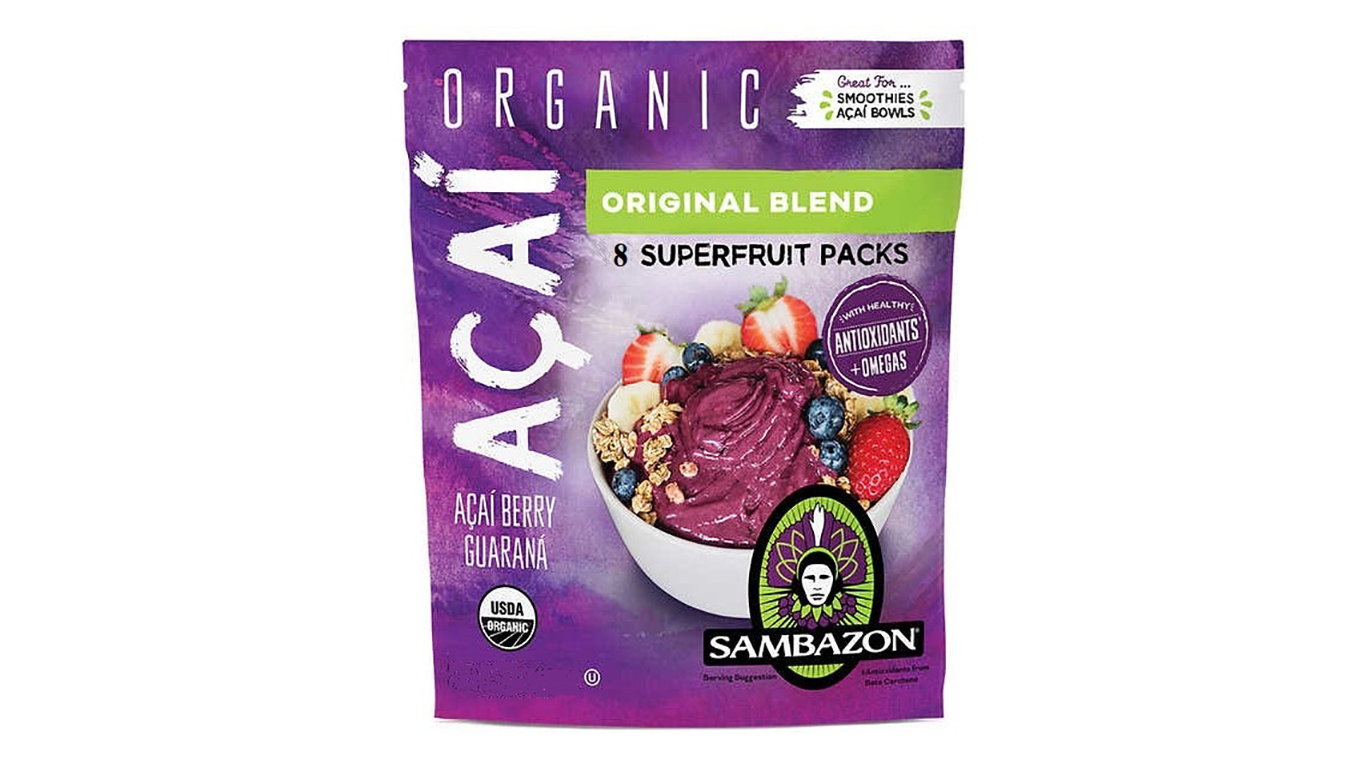
Açaí
Indigenous peoples in the Amazon Basin have been eating the pulp of this dark purple “superfood” berry for centuries, and in the latter 20th century, açaí bowls, combining the fruit with other fruits and grains, became a popular energy food for Brazilian surfers. Two American brothers, Ryan and Jeremy Black, discovered açaí in 1999, and by 2001 had figured out how to import the frozen pulp into the U.S. Today, freezer cases stock everything from sorbet to smoothie packs to ready-made bowls made with the trendy berry.
[in-text-ad]
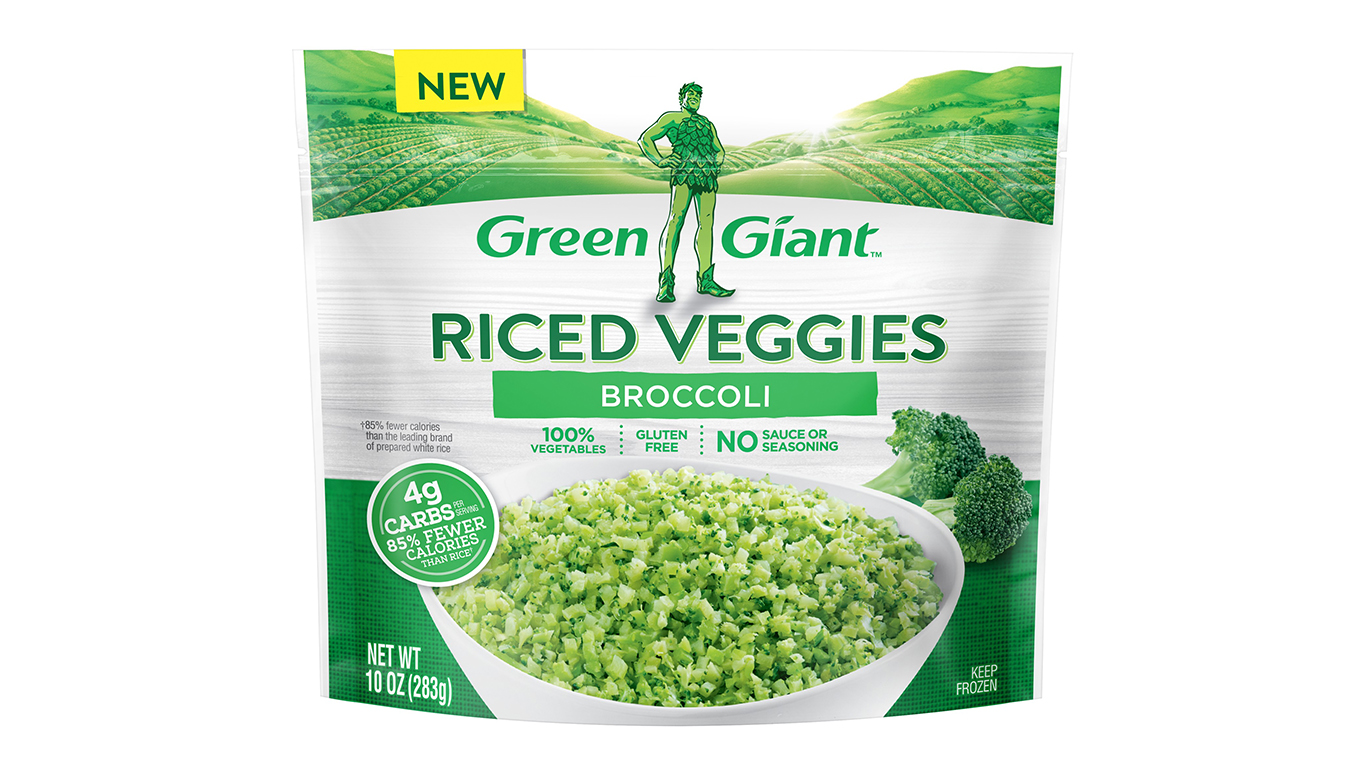
Broccoli rice
Cauliflower was apparently first turned into “couscous” in 1998 by chef Benjamin Ford — Harrison’s son — at his now-defunct Chadwick’s restaurant in Beverly Hills. This was virtually identical to cauliflower “rice” — which may itself have been invented accidentally by an Italian supplier to Trader Joe’s. For a change of pace, though, cauliflower’s more colorful cousin, broccoli, gets a similar treatment. Green Giant sells both broccoli rice and a broccoli-rice-and-cauliflower-rice combination in frozen forms.
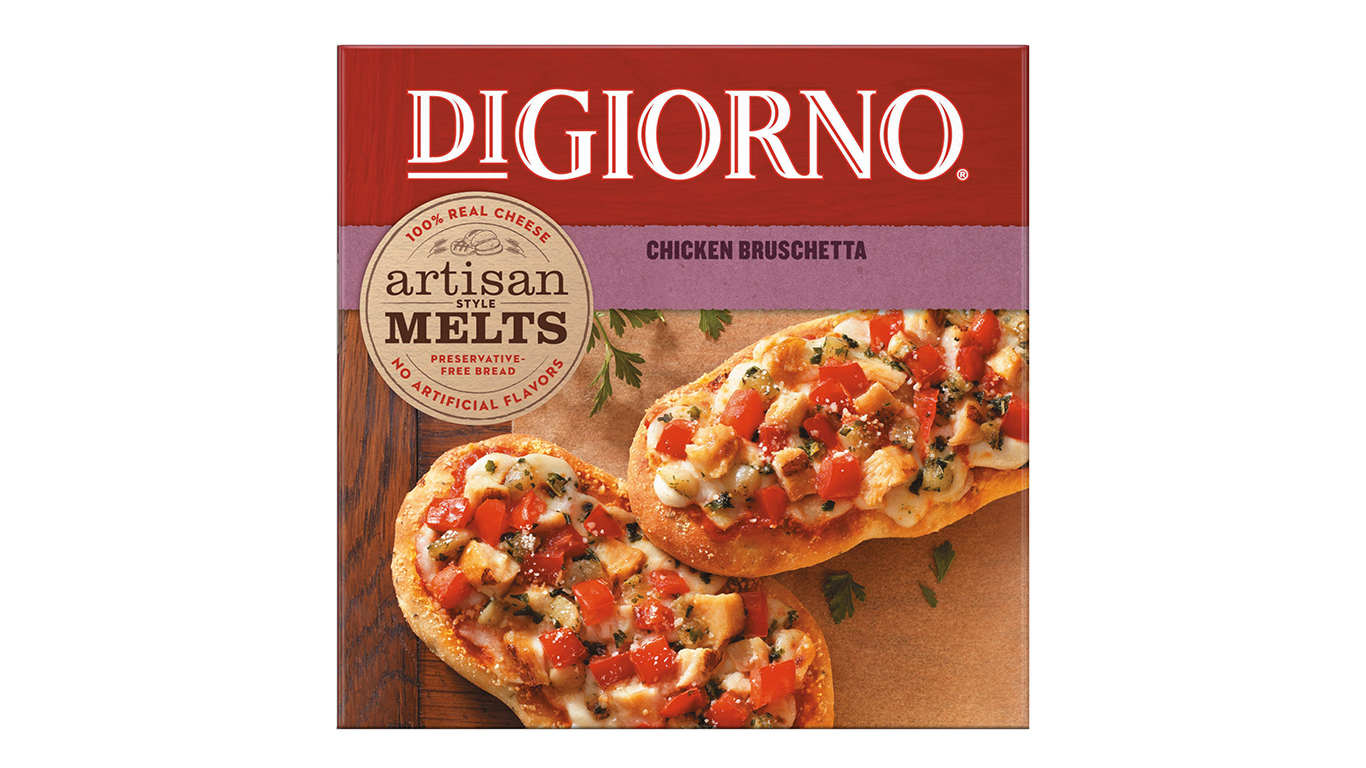
Bruschetta
The original bruschetta was just grilled bread rubbed with garlic and drizzled with olive oil, sometimes with chopped tomatoes spread over the top. It became popular as a more sophisticated form of garlic bread in the 1980s in America, and today there are recipes that call for garnishing the toast with everything from cheddar and bacon to bananas and Nutella to Philly cheesesteak — and brands like Tyson, Cedarlane, DiGiorno, and Trader Joe’s offer a variety of frozen versions.
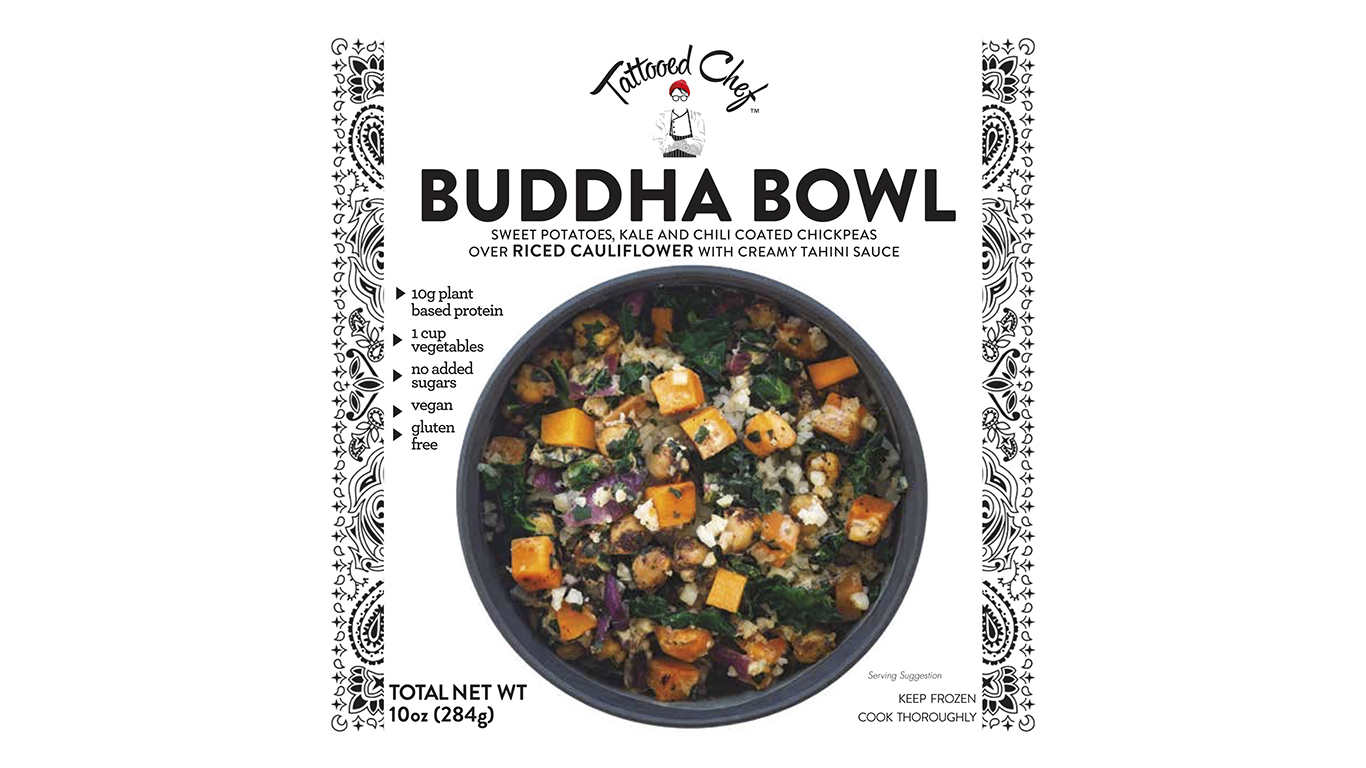
Buddha bowls
The name was apparently first used in early 2005, but interest in the bowls remained modest until late 2016, when interest in them soared. They blew up on Pinterest and Instagram in 2017 and 2018 because they tend to be very photogenic. A Buddha bowl is an artfully arranged one-dish meal, usually consisting of one or more grains or starches (rice, quinoa, corn, barley, etc.), some vegetarian protein like tofu or beans, and almost any other combination of vegetables, cooked or raw, from avocado to watercress. Frozen Buddha bowls are now sold under labels such as PlantPure, Tattooed Chef, and Green Giant (and other companies market basically the same thing as Power Bowls or Nourish Bowls).
[in-text-ad-2]
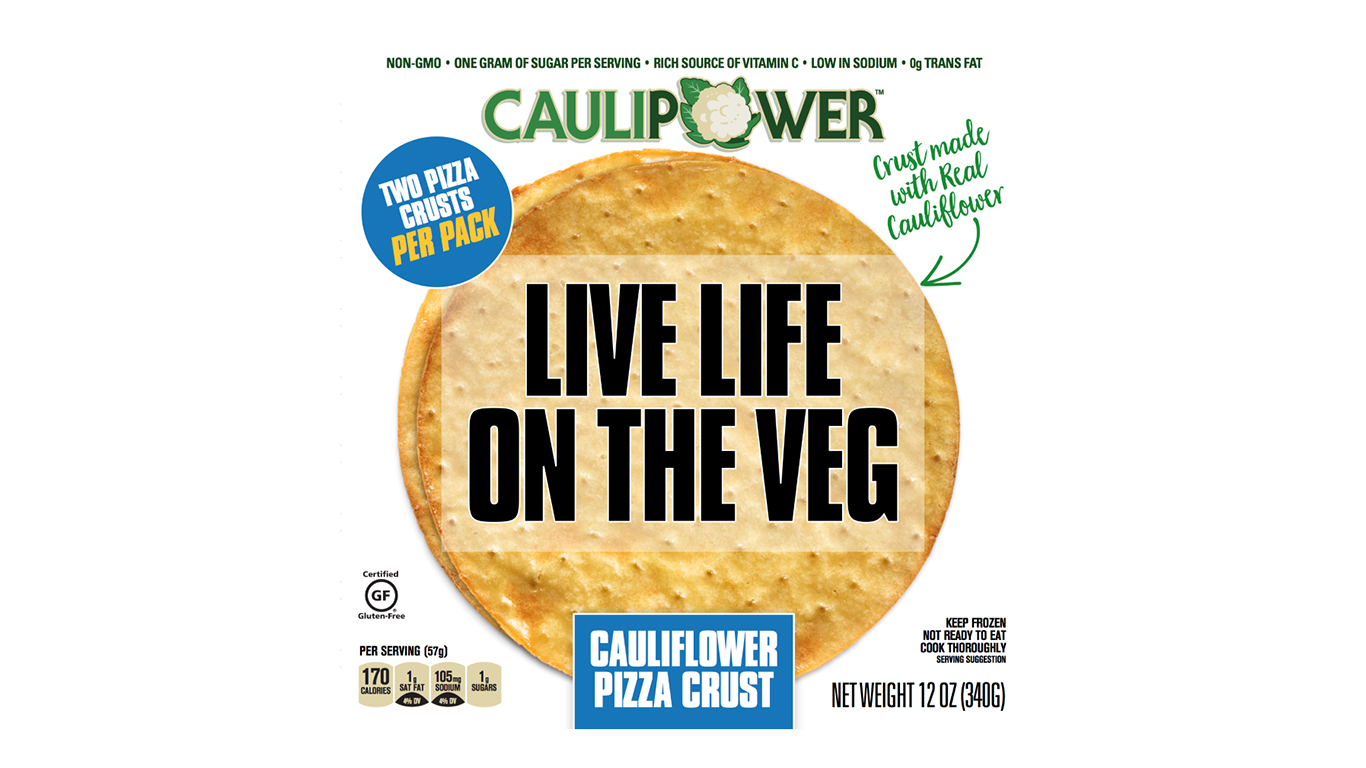
Cauliflower pizza crust
Not only can cauliflower be turned into rice or couscous: it can also be served as “steak” and combined with masa to make tortillas. Why, then, shouldn’t it become the main ingredient in a grain-free (read paleo- and keto-friendly) pizza crust, too? The first recipes for cauliflower pizza crust appeared in the late 1980s, but it apparently wasn’t available in frozen form until around 2005. As versatile as it is, of course, cauliflower needs help to form a crust, and various brands combine it with flours made from rice, corn, almonds, and cassava, as well as other ingredients.
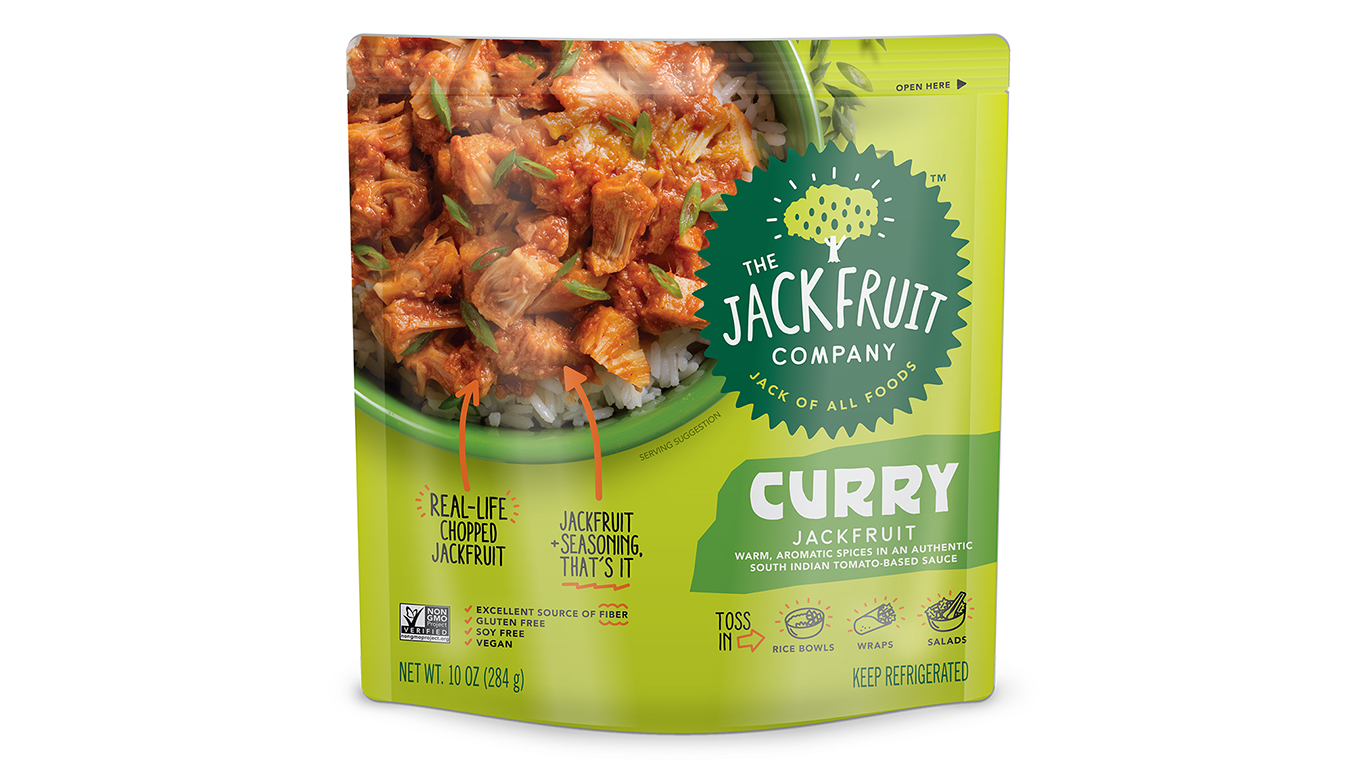
Jackfruit curry
Jackfruit is an oversize, yellow-fleshed, tropical “miracle fruit” that’s become trendy over the last several years as a meat substitute. Trader Joe’s knows a trend when it sees one, and has produced a curry made from the fruit for its frozen food line — a Thai-style coconut-milk-based vegan dish, combining the fruit with eggplant and red bell pepper. Upton Naturals gives it the Thai curry treatment, too, while another producer, The Jackfruit Company, has a curry that includes chickpeas, spinach, and quinoa.
[in-text-ad]

Oat milk “ice cream”
“Milk” made not just from soy but from rice, peas, and a variety of nuts has been on the market (and in people’s lattes) for a while now — but the latest non-dairy trend is oat milk, popularized by a Swedish company called Oatly. Last year, Oatly launched a line of oat-based ice creams (flavors include Pretty Average Vanilla, Totally Basic Chocolate, and Really Posh Salty Caramel Hazelnut), on their way to the U.S. market but not yet available here. In the meantime, though, another company, So Delicious, is selling its own line of oat milk frozen desserts in such varieties as Caramel Apple Crumble and Peanut Butter and Raspberry.

Quinoa
Almost nobody in America had ever heard of quinoa — much less known how to pronounce it — until the early years of the 21st century, though this ancient “grain” (it’s actually not a grain botanically, but a seed from a plant related to spinach) has been a dietary staple in the Andes for 5,000 years. These days it ends up in Buddha bowls (see above) and combined with all kinds of vegetables as a side dish. A variety of frozen food producers now offer such options as white quinoa, red quinoa, Mediterranean quinoa, Asian-style quinoa, Southwest quinoa, and of course many combinations of quinoa and kale.
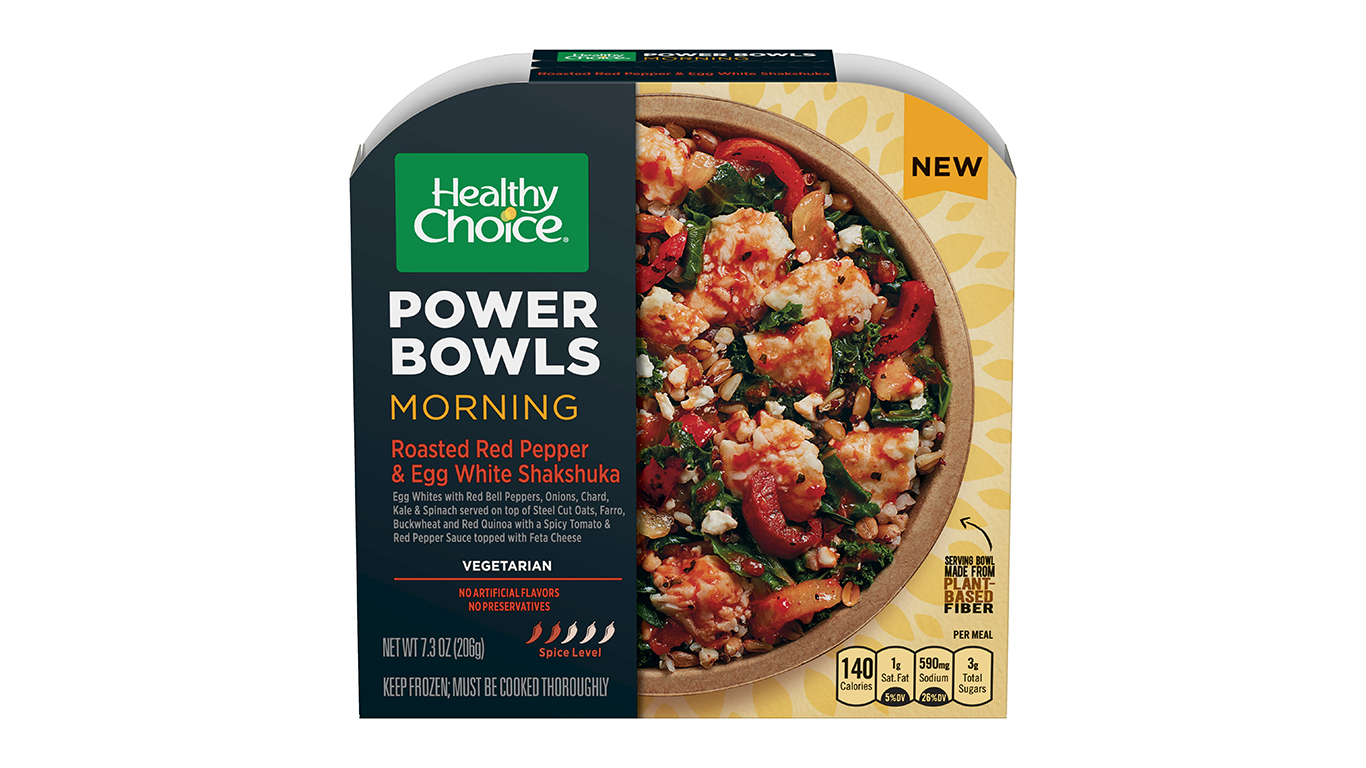
Shakshuka
One of Israel’s most famous dishes (it is also popular in Tunisia and elsewhere in the Middle East), shakshuka consists of eggs cooked with tomato sauce, peppers, onions, and various herbs and spices. Credit for its recent popularity in the U.S. — which started growing only after 2010 — is often given to the London-based Israeli chef Yotam Ottolenghi, who gave a recipe for it in his award-winning 2010 cookbook “Plenty.” Healthy Choice sells a Roasted Red Pepper & Egg White Shakshuka as one of its Power Bowls — and, considering accelerated interest in the dish, other companies are likely to follow soon.
[in-text-ad-2]
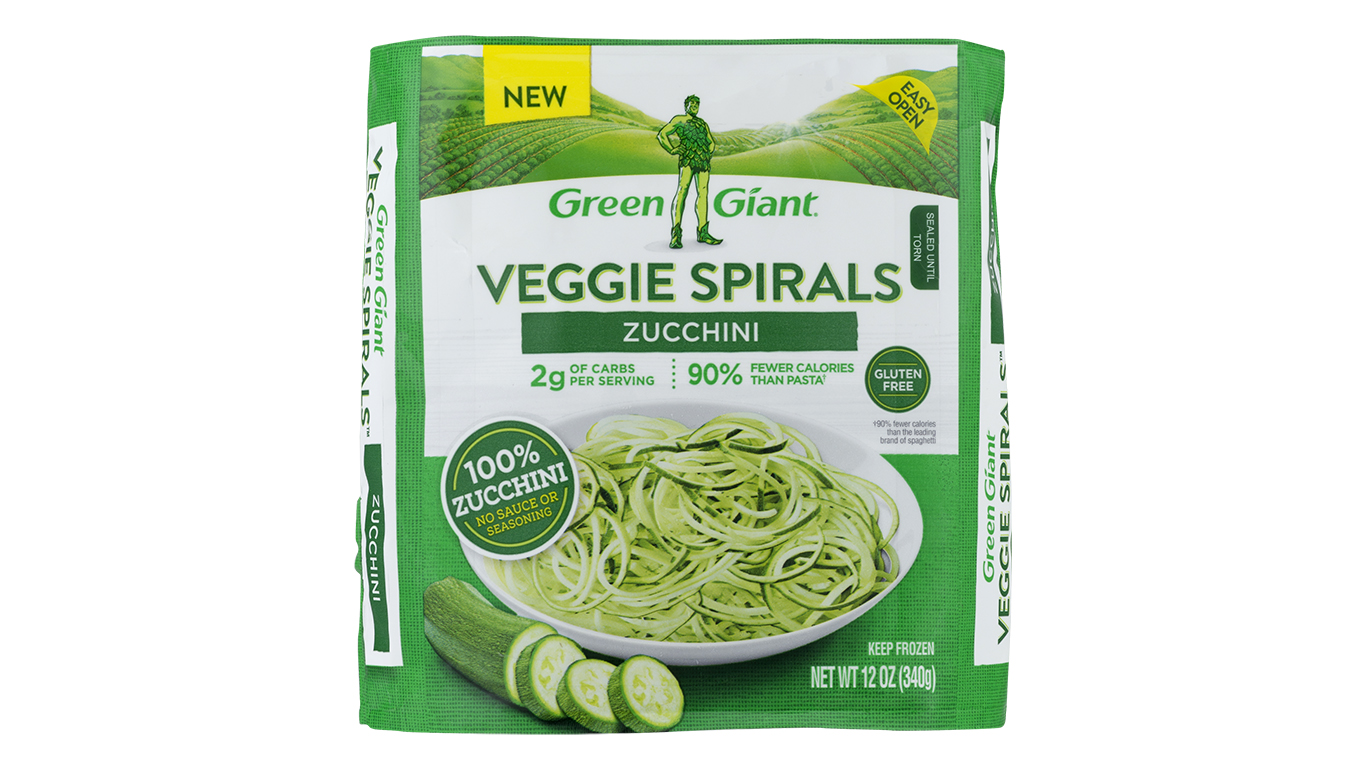
Spiralized vegetables
Spiralized vegetables — sometimes called “zoodles” or veggie spirals — were something of a rarity until 2014. Produced with a mandoline-like implement called the spiral vegetable slicer or spiralizer, they’re basically long, thin vegetable noodles that can be eaten raw, cooked (and sauced) like pasta, or added to bowls and other combination dishes. While she didn’t invent the implement or the concept, New Jersey blogger Ali Maffucci is given credit for popularizing spiralized vegetables. Trader Joe’s, Birds Eye, Veggie Noodle Co., Costco’s Grain & Simple, and the ubiquitous Green Giant are among the brands that sell these vegetables in frozen form.

Sriracha-flavored anything
Sriracha is a generic name for a kind of chile-based sauce apparently invented in Sri Racha, Thailand. It found its way to America in the 1980s, when a Vietnamese immigrant to Los Angeles named David Tran began mixing it up and selling it out of a van. He eventually founded Huy Fong Foods and began distributing the sauce nationwide. It took off in late 2010, and since then has shown up as flavoring in everything from almonds to hummus, and kale chips to chocolate bars. It also appears in a wide array of frozen foods — chicken, shrimp, salmon, various vegetables, ramen, mac & cheese, and more.
[in-text-ad]
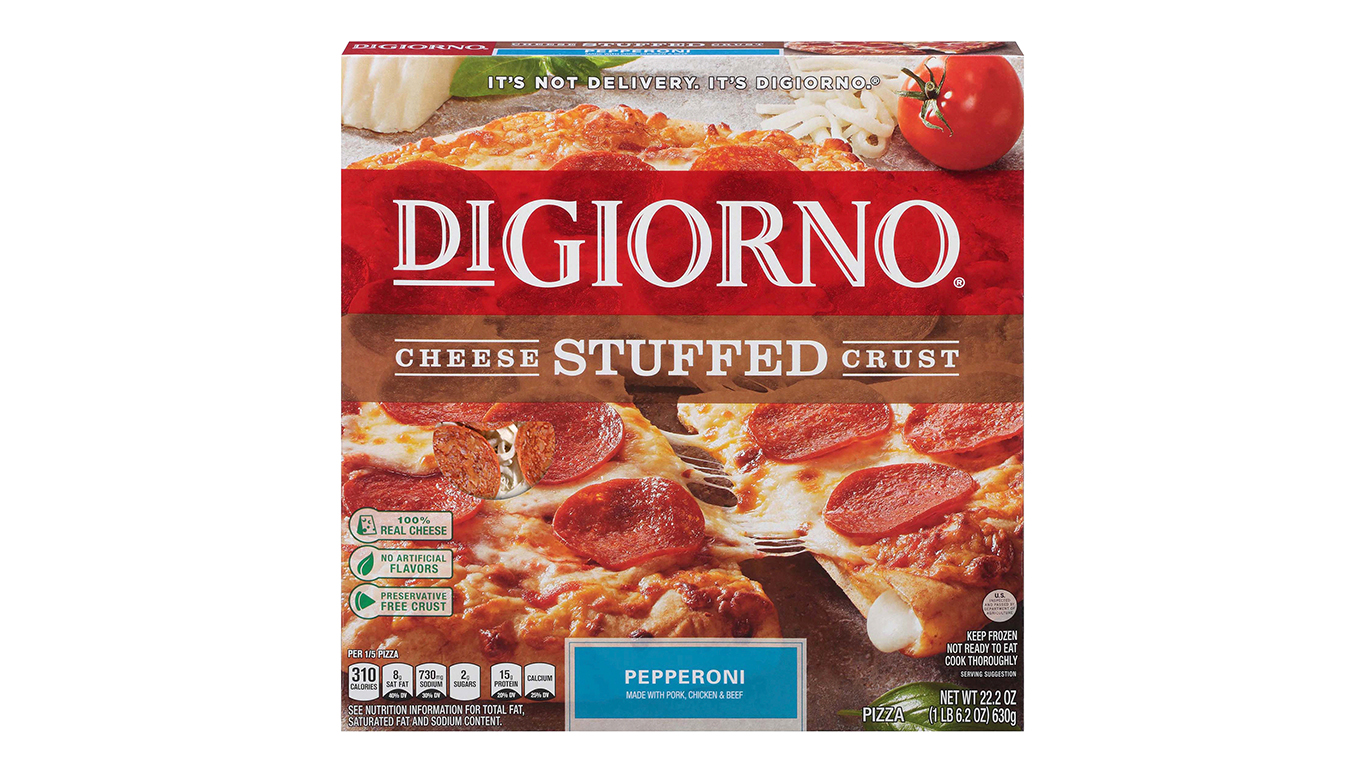
Stuffed crust pizza
Perhaps worried that its customers weren’t getting enough cheese on their pizzas, in 1995, the Pizza Hut chain introduced Stuffed Crust Pizza — which had cheese, and sometimes other toppings, within the crust as well. (The same year, a New York businessman named Donald Trump appeared in a commercial for it.) In 2001, DiGiorno introduced its version of the pizza to grocery store freezer cases. Walmart’s Sam’s Choice label has a version, too.
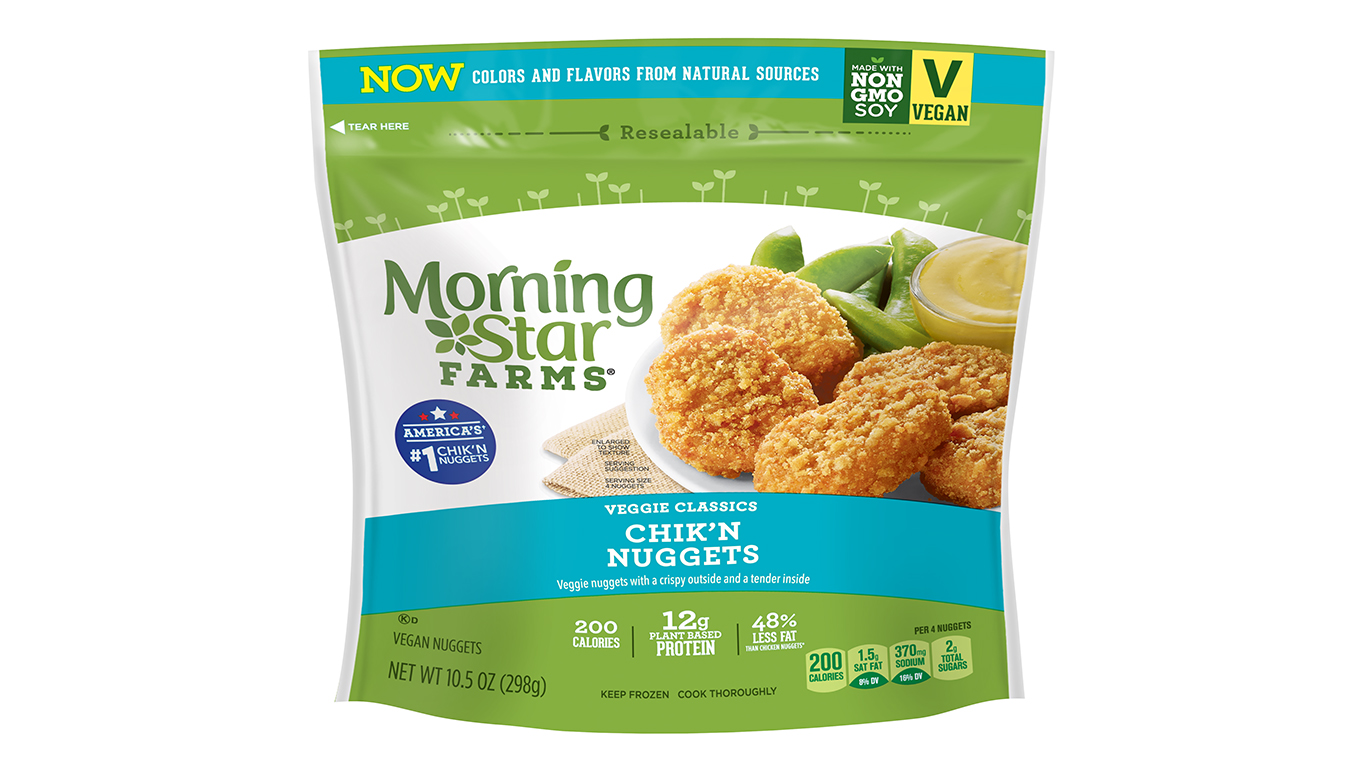
Vegan nuggets
McDonald’s introduced its popular Chicken McNuggets back in 1983, but it took chicken nuggets about 25 years to start getting popular. The British company Quorn, which had started making meatless nuggets (and cutlets and patties) from a kind of fungus in 1986, first shipped them to the U.S. in 2002. Today, a wide variety of vegan and vegetarian morsels in chicken-nugget shapes — sometimes called “chik’n nuggets” — made from various ingredients are available frozen from such brands as Morning Star Farms, Gardein, May Wah, Fry’s, and Whole Foods.
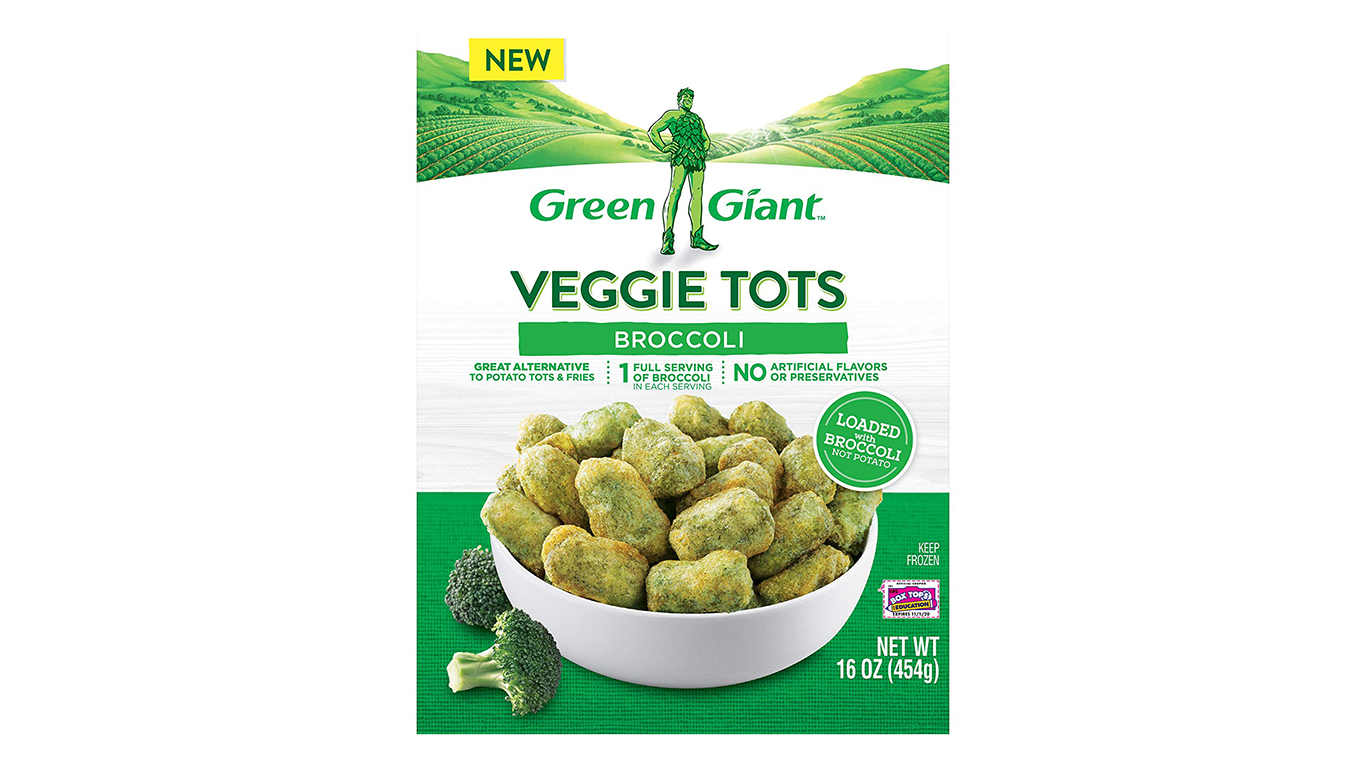
Vegetable tots
Tater tots — shredded potatoes formed into cylinders and deep-fried — have journeyed in recent years from the kids’ dinner table to the menus of trendy restaurants all over America. Several frozen food producers — including Green Giant, Birds Eye, and Farmwise — sell a healthier variation, called “Veggie Tots.” No potatoes are involved. Green Giant Veggie Tots were voted Product of the Year in the U.S. Consumer Survey of Product Innovation last year.
[in-text-ad-2]
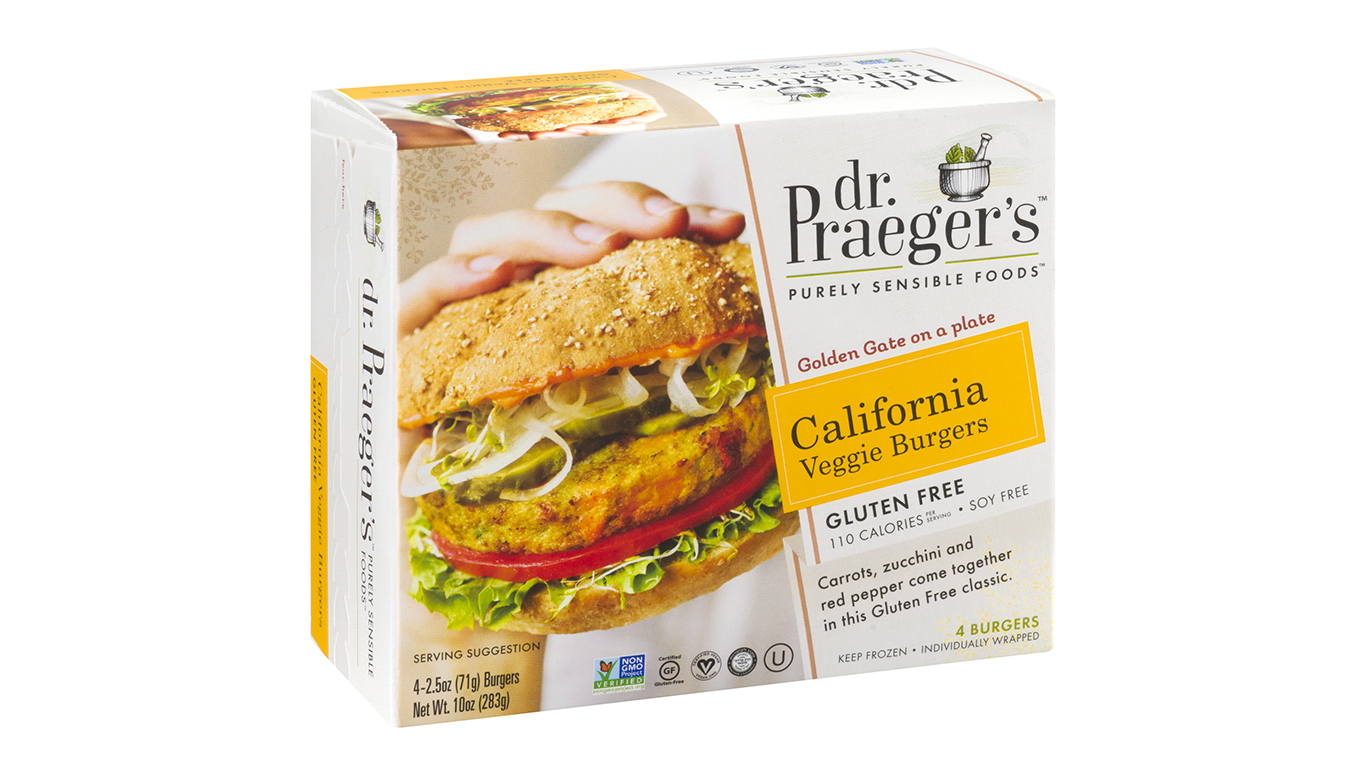
Veggie burgers
Vegetarian London restaurateur Gregory Sams invented what he initially called a “vegeburger” in 1982, but it was a dried mix made from wheat gluten, sesame, soy, oats, and other ingredients, and had to be rehydrated and formed into patties. A frozen version made its debut in 1984, but veggie burgers weren’t widely available in freezer cases until such brands as Gardenburger and Boca Burger appeared (in 1992 and 1993, respectively). Kraft bought Boca Burgers in 2000, and two years later the brand was bringing in more than $70 million annually. Those two brands are still major players, but Morning Star, Gardein, Dr. Praeger’s, Amy’s, Birds Eye, and Whole Foods, among many others, have their own versions — and there are even frozen White Castle veggie sliders!
The Average American Is Losing Their Savings Every Day (Sponsor)
If you’re like many Americans and keep your money ‘safe’ in a checking or savings account, think again. The average yield on a savings account is a paltry .4% today, and inflation is much higher. Checking accounts are even worse.
Every day you don’t move to a high-yield savings account that beats inflation, you lose more and more value.
But there is good news. To win qualified customers, some accounts are paying 9-10x this national average. That’s an incredible way to keep your money safe, and get paid at the same time. Our top pick for high yield savings accounts includes other one time cash bonuses, and is FDIC insured.
Click here to see how much more you could be earning on your savings today. It takes just a few minutes and your money could be working for you.
Thank you for reading! Have some feedback for us?
Contact the 24/7 Wall St. editorial team.
 24/7 Wall St.
24/7 Wall St. 24/7 Wall St.
24/7 Wall St.

